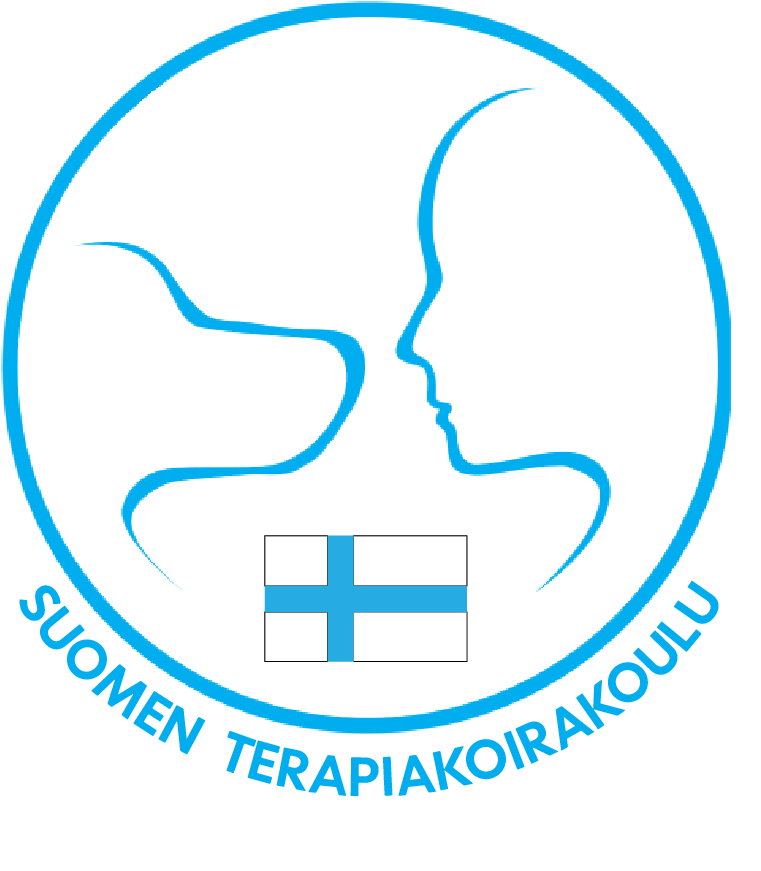A design incentive agreement is a contract between a client and a designer that outlines the terms of payment and rewards for completing a specific design project. This agreement can be beneficial to both parties, as it provides a clear understanding of expectations and encourages the designer to go above and beyond in their work.
One of the key components of a design incentive agreement is the payment structure. Typically, the agreement will include a base fee for the project, which covers the designer`s time and expenses. However, the agreement may also include additional incentives for achieving certain milestones or exceeding expectations. For example, the designer may receive a bonus payment for delivering the project ahead of schedule or for achieving a high level of customer satisfaction.
Another important aspect of a design incentive agreement is the scope of the project. This includes a detailed description of the work to be completed, any specific deliverables or deadlines, and any limitations or requirements. By outlining these details upfront, both the client and the designer can avoid misunderstandings or disagreements later on in the project.
In addition to payment and scope, a design incentive agreement may also include other provisions, such as intellectual property rights and confidentiality agreements. These provisions ensure that the client retains ownership of the design work and that the designer does not share confidential information with third parties.
Overall, a design incentive agreement can be a great tool for clients and designers alike. By setting clear expectations, providing incentives for exceptional work, and protecting the interests of both parties, this agreement can help ensure a successful and mutually beneficial design project. So if you`re a designer or a client looking to start a new project, consider using a design incentive agreement to help guide your work and protect your interests.
